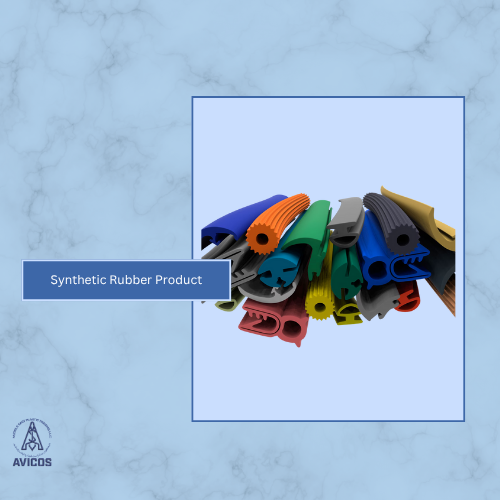Synthetic Rubber Products are made from various chemicals rather than tree latex. Synthetic rubber can be produced easily in large amounts and customised to resist heat, chemicals, oils, and weather.
- Made from petrochemicals, not natural latex
- Flexible and elastic like natural rubber
- Resistant to heat, cold, oils, and many chemicals
- Durable and strong under mechanical stress
- Some types resist flames, ozone, and UV rays
- Can be customised for softness or hardness
- Good resistance to ageing and weather conditions
- Designed for consistent quality and performance




